Growing Pet Ownership and Spending
The increasing trend of pet ownership, coupled with rising expenditures on pet healthcare, is a significant driver of the Veterinary Oncology Market. Pet owners are now more willing to invest in advanced medical treatments for their animals, including oncology services. According to recent data, pet owners are spending more on preventive care and specialized treatments, which includes oncology. This trend reflects a broader societal shift towards viewing pets as family members, leading to heightened demand for veterinary oncology services. As the market continues to evolve, veterinary practices are likely to expand their oncology offerings to cater to this growing segment of pet owners who prioritize their pets' health.
Advancements in Treatment Modalities
Innovations in treatment modalities, such as chemotherapy, immunotherapy, and radiation therapy, are significantly influencing the Veterinary Oncology Market. The development of new drugs and treatment protocols has improved the prognosis for pets diagnosed with cancer. For instance, the introduction of targeted therapies has shown promising results in treating specific types of tumors, leading to better outcomes and quality of life for affected animals. As veterinary practices adopt these advanced treatment options, the market is expected to expand. Furthermore, the increasing availability of clinical trials for pets may encourage more pet owners to seek specialized oncology care, thereby driving growth in the Veterinary Oncology Market.
Increasing Incidence of Cancer in Pets
The rising incidence of cancer among pets is a primary driver of the Veterinary Oncology Market. Studies indicate that approximately one in four dogs and one in five cats will develop cancer in their lifetime. This alarming trend necessitates advanced treatment options and specialized care, thereby propelling the demand for veterinary oncology services. As pet owners become more aware of the health risks associated with cancer, they are increasingly seeking veterinary oncologists for early diagnosis and treatment. This shift in consumer behavior is likely to enhance the growth of the Veterinary Oncology Market, as more clinics and hospitals invest in oncology services and technologies to meet the needs of pet owners.
Regulatory Support for Veterinary Oncology
Regulatory support for veterinary oncology is emerging as a crucial driver for the Veterinary Oncology Market. Governments and regulatory bodies are increasingly recognizing the importance of veterinary oncology and are implementing policies that facilitate research and development in this field. This support may include funding for clinical trials, streamlined approval processes for new treatments, and guidelines for best practices in oncology care. Such initiatives not only encourage innovation but also enhance the credibility of veterinary oncology as a specialized field. As regulatory frameworks become more supportive, the Veterinary Oncology Market is likely to experience accelerated growth, attracting more practitioners and researchers to this vital area of veterinary medicine.
Rising Awareness and Education on Pet Health
The growing awareness and education regarding pet health issues, particularly cancer, are driving the Veterinary Oncology Market. Pet owners are increasingly informed about the signs of cancer and the importance of early detection, leading to more proactive healthcare decisions. Educational campaigns by veterinary associations and organizations are playing a pivotal role in disseminating information about cancer in pets. This heightened awareness is likely to result in increased consultations with veterinary oncologists and a greater demand for specialized oncology services. As pet owners become more educated about treatment options and outcomes, the Veterinary Oncology Market is expected to expand, fostering a culture of preventive care and specialized treatment.


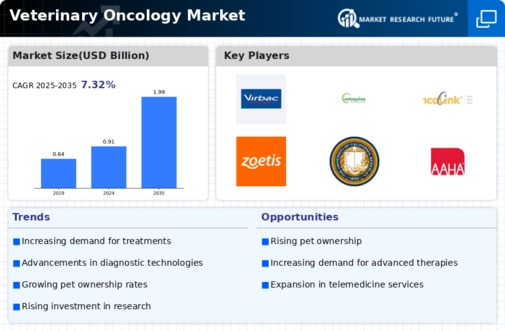
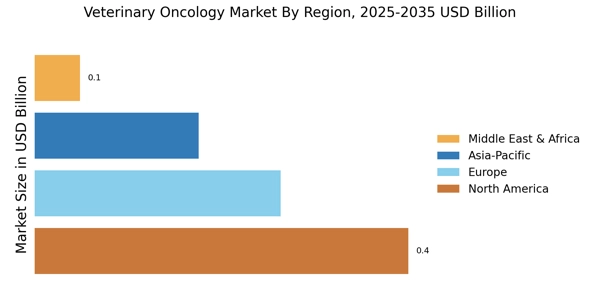

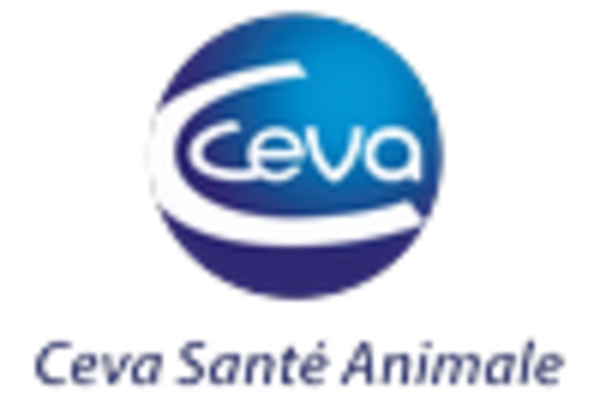
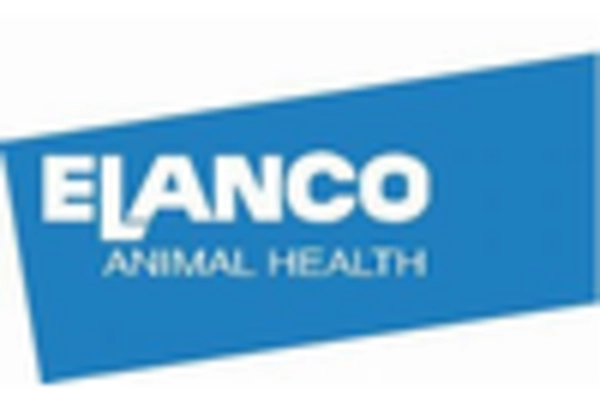
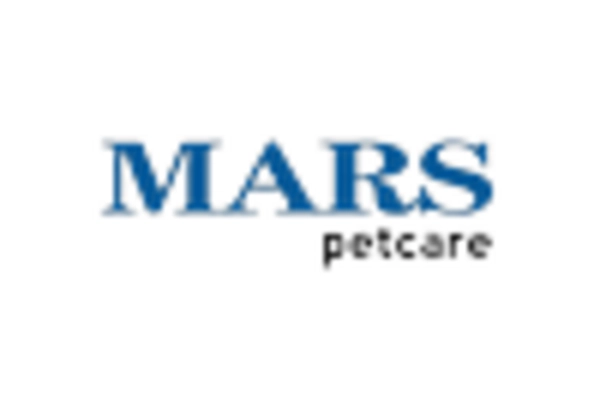
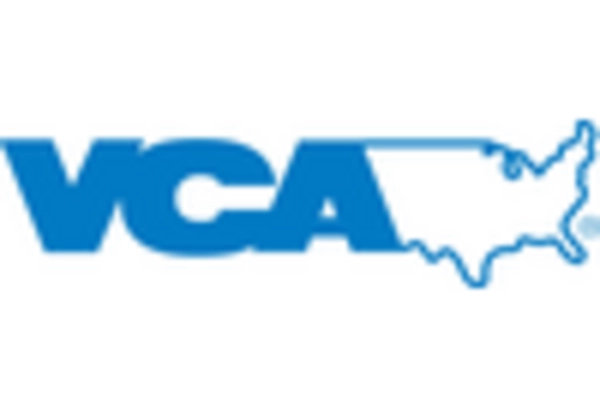
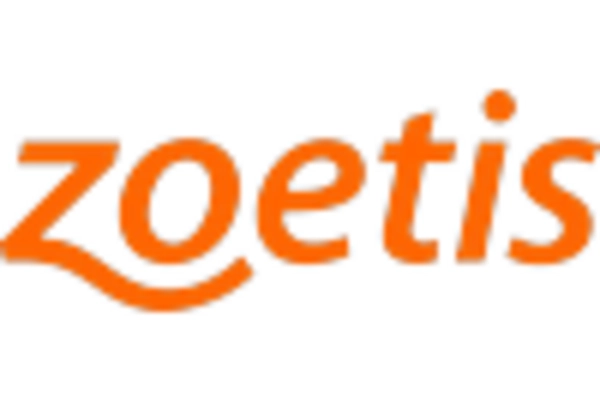








Leave a Comment